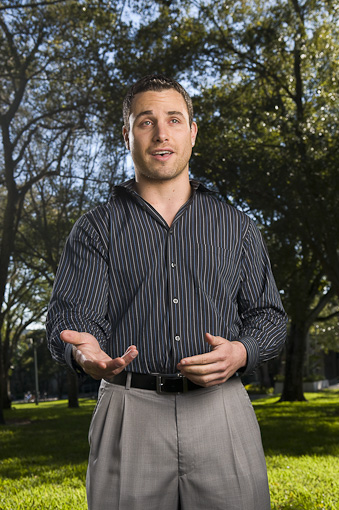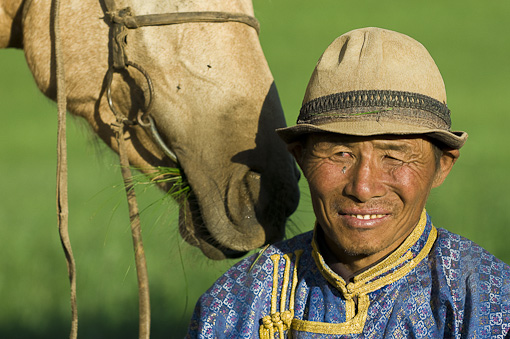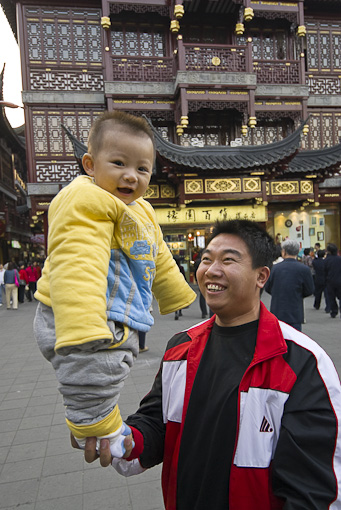When I started learning to light environmental portraits, a more experienced photographer friend gave me some advice that has served me well ever since. Perfect one or two “looks” that you can whip out of your equipment cases in a hurry, when you are in a jam and up against the wall with little time to set up or stuck in a horrible location.
For an assignment last month for Paul DiMattia, Art Director for Business Miami, the University of Miami School of Business Administration’s alumni magazine, I utilized one of my bread and butter looks. I wasn’t in a jam, but I needed to work in a hurry, adapt quickly to changing conditions and work without an assistant.
I was to meet three students at three separate times, each about a half an hour apart and in the same general outdoor campus location, creating portraits that would relate to each other and be run as a triptych.
My first light was the overall ambient coming from the late afternoon sun slicing through the heavy tree cover. By placing the students with their backs to the sun, I let God light the overall background and project a nice back light onto their head and shoulders. I underexposed the ambient a stop or so with my shutter speed, just enough to save the sparkly highlights in the leaves, but dark enough to allow my subjects to pop off the background.
The bread and butter formula called for my second light to be a medium soft box at arm’s length off to camera right just a touch and adjusted to give me nice skin tones and details in their clothing. (You need to use at least a moderate wide angle, like 35 mm, or the box will be in your way.) The box had enough angle to give me some definition by cross lighting their faces, but not to much to be unflattering. If I’m using a lower camera angle looking up, I will lower the box to keep a catch light in their eyes. I will never use the soft box from a high angle.
I will place the main light either left or right, depending on how they part their hair, where the sun is or physical limitations on placing light stands in a crowded spot ... or in this case, all on the same side to work in the triptych. This light could be from two thirds to a stop and a half over the ambient, first set with a flash meter, then adjusted to taste by viewing the camera’s histogram. If the soup needs more salt, I adjust to taste.
The third light was a subtle touch but a vital part of making the formula light a great light. I set it up on the side opposite of the main, higher and behind. It skimmed the hair, side of face and shoulder, helping to separate my subject from the background. A bare head with gobo made of tape and cardboard or whatever is handy helps control flair, and as it is usually a lot hotter than the soft box. I pull the stand way back to adjust it to about a stop over, depending on clothing, hair or skin color.
But we didn’t debate those philosophical questions very often ... we just didn’t set up a news photos or ask someone to do something they didn’t normally do.
Firstly, a portrait by definition is having a subject pose for the viewer and is not “truth. Yet viewers accept the fact that people normally don’t freeze with hands on hips or arms crossed in every day life, with just the perfect bit of authority, warmth or attitude on their face. And secondly, most business portraits have to be set up in order to choose an environment that not only helps tell the subject’s story, but also is artistically pleasing.
Oh, and set it up all fast because Mr. or Ms. Executive is Very Important and only has a few minutes to allow you to capture that perfect fleeting moment that distills their essence in a photograph!
Pun warning: over the years I’ve saved my bacon by pulling out the bread and butter when I’m in an environmental portrait jam.
Here's a link to more Miami corporate photography.




